The art of carpet weaving in Iran originated more than 2,500 years ago. Persian carpets and rugs were initially woven as articles of necessity to cover the floors of nomadic tribesmen, giving them protection from the cold and damp. The natural progression of the skill and craft involved in the creation of these works of art has been passed down from generation to generation over the centuries throughout periods of peace, invasion and war. As international trade developed, the variety of patterns and designs grew.

The first documented evidence on the existence of carpets came from Chinese texts dating back to the Sassanid Dynasty (224 – 641 AD). In 628 AD, the Emperor Heraclius brought back a variety of carpets from the conquest of Ctesiphon, the Sassanian capital. The Arabs also conquered Ctesiphon in 637 AD, and among the spoils brought back were said to be many carpets, one of which was the famous garden carpet, the “Springtime of Khosro”. This carpet has passed into history as the most precious of all time. Made during the reign of Khosro I (531 – 579 AD) the carpet was enormous, measuring 400’ x 100’ and weighing several tonnes. Historians describe the silk based rug as follows: “The border was a magnificent flower bed of blue, red, white, yellow and green stones; in the background the colour of the earth was imitated with gold; clear stones like crystals gave the illusion of water; the plants were in silk and the fruits were formed by colour stones”. The king is said to have strolled along the carpet in winter to remind him of the beauty of spring. However, when the Arabs invaded they cut the magnificent carpet into many pieces, selling each piece separately.

In the last quarter of the 19th Century and during the reign of Qajar, trade and craftsmanship regained their importance. Carpet making flourished once more with Tabriz merchants exporting carpets to Europe through Istanbul. By the end of the 19th Century some European and American companies even set up businesses in Persia and organised craft production destined for western markets. Through this development new designs were made with Western tastes in mind.

Today, carpet weaving is by far the most widespread handicraft in Iran. Persian carpets are renowned for their richness of colour, variety of spectacular artistic patterns and quality of design. In palaces, famous buildings, mansions and museums the world over, a Persian carpet is amongst the most treasured of possessions.
What is interesting to know is that these distinct weaving techniques, materials used and patterns of the rugs are not just random creations. Different tribes and different regions produce their own distinctive types of rugs that can be easily identified by their characteristic traits. Rugs created by tribal weavers are markedly different from those produced by village or town weavers.
Here’s a sneak peak at the 3 different categories of Persian rugs depending on the type of weaving.
Tribal Rugs
Crafted by nomadic tribes-people, these rugs usually feature primitive designs and limited colors, mostly reds and blues. The nomadic nature of the weavers plays a major influencing role into how the finish product turns out.
The rugs are woven on a ground or horizontal loom. When it is time to move to a new pasture, they simply collapse the loom and rig it up all over again at the new camp location. Every time the weaver dismantles the loom, the wool which has been under tension while the loom was set up, tends to spring back and recover in the absence of any tension. At the new location, the weaver finds it almost impossible to reconstruct the same loom settings. This is one of the reasons why these tribal woven rugs often have irregular shapes. The beauty of it is many buyers find the irregular shapes appealing as it is quite an aberration from the perfectly symmetrical pieces of today.
Examples of tribal rugs include Gabbeh, Bakhtyari, and Belouchi.
- Bakhtiari
- Gabbeh
- Balouchi
Village Rugs
Village made Persian rugs are usually of a higher quality than the nomadic pieces and they have a more regular and consistent shape. One of the major reasons behind this is the fact that these rugs are woven using a permanently-pitched loom. The method of weaving is also slightly different in that these rugs usually have a cotton warp and weft, which enhances the stability of the rug and adds resistance to shrinkage. Also, with easier access to modern dyes, weavers incorporate several more colors into their weave. You can find village rugs in a multitude of hues from reds and blues to gold, beige and yellow.
Popular village varieties include Heriz, Hamadan and Abadeh.
- Hamadan
- Heriz
- Abadeh
Town Weavings
Town woven rugs are of the highest quality. Weavers use a fixed vertical loom, which allows them to produce a much more consistent weave and also a much higher knot density per square inch. These rugs have very elaborate designs in an even wider range of colors and complicated multiple borders.
Examples of town weavings include Kashan, Tabriz, and Nain.
- Kashan
- Naeen
- Tabriz
No matter their origin, pattern, color or size, as you can see, every Persian rug variant has its own distinctive beauty and charm that different people find appealing.



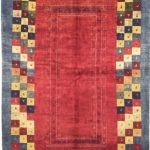
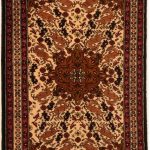
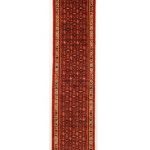
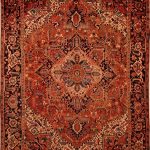
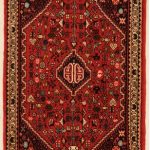
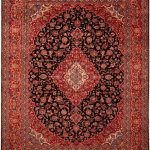
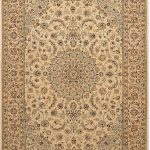
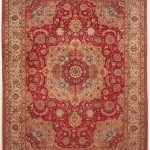
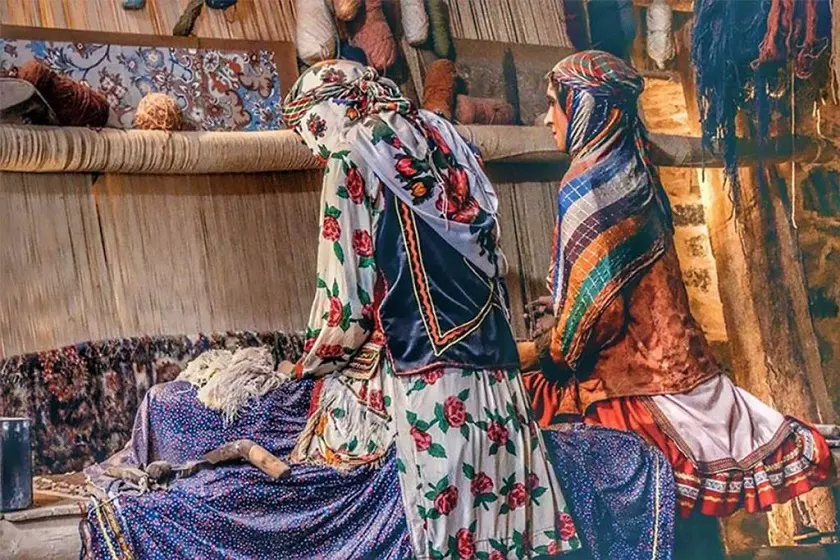


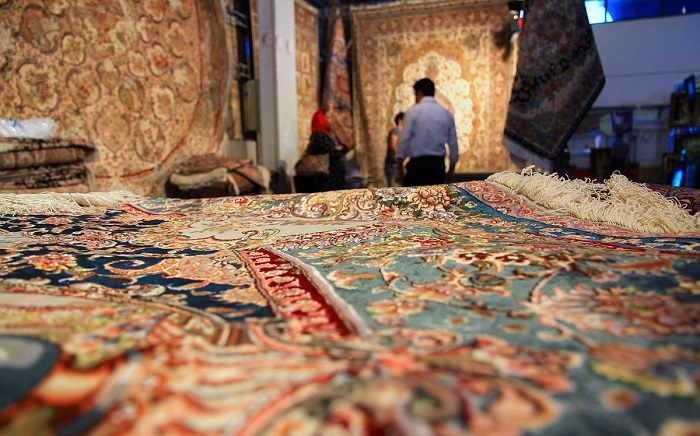

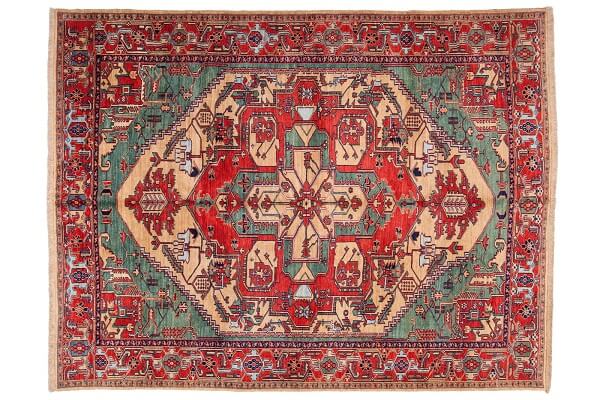


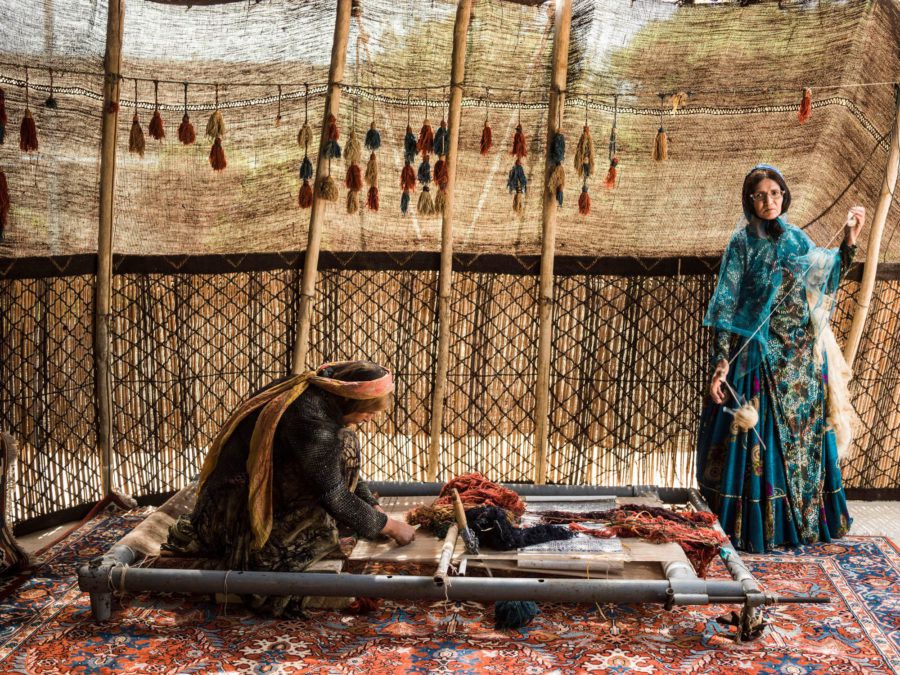

What a nice Carpets….
Persian rugs always are the best and design play a key role in this quality!!
persian carpets are the best in the world its very upper than afghans,egyptians,chinease ……
GoOd LucK
hand made Persian carpets is always the best quality in the world, the design, the color, the materials and everything. visit my website hadicarpet.com
The Persian Carpet is the finest source of handmade oriental rugs in the Triangle area and beyond. These rugs are typically considered high in quality because Iran is known for producing intricate rugs with high knot counts.
so good!